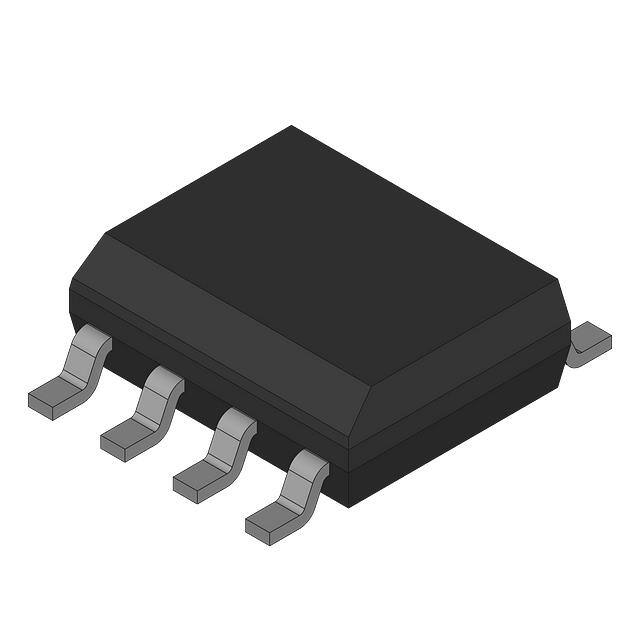Maxim > Design Support > Technical Documents > Application Notes > Battery Management > APP 10
Maxim > Design Support > Technical Documents > Application Notes > Power-Supply Circuits > APP 10
Keywords: voltage converter, charge pump, oscillator frequency, conversion efficiency
APPLICATION NOTE 10
Lower Operating Frequency Improves ICL7660
Voltage-Conversion Efficiency
Jul 09, 1998
Abstract: This design note shows how to improve the efficiency of a voltage converter by lowering the
oscillator frequency. Adding an oscillator capacitor to a 20mA voltage converter lowers the oscillator
frequency, improving voltage conversion efficiency for lower values of IO. The ICL7660 charge pump is
featured.
You can improve the efficiency of an ICL7660 voltage-conversion circuit by lowering the oscillator
frequency and increasing the external capacitor values. Though useful for modest levels of IO, this
technique is not clearly described in the data sheet. (The CMOS ICL7660, available in an 8-lead DIP or
TO-99 can, is a charge-pump device that converts inputs in the range 1.5V to 10V to corresponding
negative outputs in the range -1.5V to -10V.)
The ICL7660's conversion efficiency depends on its quiescent supply current, which in turn depends on
the internal charge pump's drive frequency. The chip's oscillator and divide-by-two circuit normally set
the frequency between 4kHz and 5kHz. Using the recommended 10µF values for the flying capacitor
and the reservoir capacitor, this configuration consumes about 10µA of quiescent supply current while
providing a conservative 10mA of output current.
Increasing the frequency by overriding the oscillator with an externally applied signal causes a
proportional increase in the quiescent current. Or, connecting an external oscillator capacitor to pin 7
(Figure 1) slows the oscillator, causing supply current to approach a minimum value of about 10µA at
10Hz (Figure 2).
Figure 1. Adding an oscillator capacitor to the typical ICL7660 application lowers the oscillator frequency,
which for lower values of IO results in more efficient voltage conversion.
Page 1 of 3
�Figure 2. The "capacitance" curve relates the value of oscillator capacitor chosen in Figure 1 to the
resulting charge-pump frequency. The "current" curve relates charge-pump frequency to the resulting
quiescent supply current (left vertical axis).
Slowing the oscillator improves efficiency, but to avoid a corresponding increase in ripple voltage you
must also make inversely proportional changes in the flying capacitor and the reservoir capacitor. For
example, setting the oscillator to 100Hz by connecting 100pF to pin 7 requires that you increase the
flying and reservoir capacitors to 100µF. Such an arrangement still provides 20mA of output current but
consumes only one fifth the quiescent current (15µA).
Note that you can reduce the capacitor values if lower IO is allowed. Setting the oscillator to 40Hz, for
example, (by connecting 1000pF to pin 7) provides the highest efficiency possible. Leaving the flying and
reservoir capacitors at 100µF gives a maximum IO of 2mA, a no-load quiescent current of 10µA, and a
power-conversion efficiency of 98%.
Related Parts
ICL7660
Switched-Capacitor Voltage Converters
Free Samples
More Information
For Technical Support: http://www.maximintegrated.com/support
For Samples: http://www.maximintegrated.com/samples
Other Questions and Comments: http://www.maximintegrated.com/contact
Application Note 10: http://www.maximintegrated.com/an10
APPLICATION NOTE 10, AN10, AN 10, APP10, Appnote10, Appnote 10
Page 2 of 3
�Copyright © by Maxim Integrated Products
Additional Legal Notices: http://www.maximintegrated.com/legal
Page 3 of 3
�
很抱歉,暂时无法提供与“ICL7660ESA”相匹配的价格&库存,您可以联系我们找货
免费人工找货